A+ Content & Branding
Custom A+ Template Structuring – Design layout using Amazon’s A+ content modules to highlight product features.
Strategic Content Placement – Optimize the order of modules for maximum impact and readability.
Modular Design for Multi-ASIN Use – Create reusable templates for multiple product variations.
Amazon Guidelines Compliance – Ensure all modules follow Amazon’s A+ design policies.
Brand Origin & Vision Narrative – Craft a compelling brand story that connects emotionally with customers.
Product Journey Explanation – Describe how the product was developed, tested, or inspired.
Customer-Centric Messaging – Align brand storytelling with your target audience’s values and needs.
Tone of Voice Development – Define a consistent storytelling voice (professional, friendly, luxury, etc.).
Lifestyle & Product Visuals – Design images that showcase product use in real-life situations.
Infographics & Icon Sets – Create visual aids to explain features, benefits, and technical specs.
Brand-Consistent Visual Themes – Use colors, fonts, and styles that match your brand identity.
Professional Image Editing – Optimize for clarity, resolution, and visual storytelling.
Side-by-Side Product Comparisons – Display comparisons between your product and alternatives.
Variant Differentiation Charts – Clarify differences between sizes, models, or versions.
Competitor Advantage Highlighting – Subtly emphasize benefits over similar products.
Mobile-Friendly Comparison Layouts – Format tables and charts to display cleanly on all devices.
Style Guide Development – Define brand tone, vocabulary, and formatting rules.
Voice-of-Brand Alignment – Ensure all content reflects your brand’s personality and promise.
Cross-Listing Tone Matching – Maintain consistency across multiple product listings or platforms.
Tone Audit & Optimization – Review existing content and refine it to match desired tone.
Responsive Design Previews – Test how A+ content appears on desktop, tablet, and mobile.
Formatting Optimization – Adjust spacing, font sizes, and visuals for clarity across devices.
Loading Speed Evaluation – Ensure images and modules don’t slow down performance on mobile.
User Experience Testing – Simulate real user journeys to identify friction points or visual errors.


